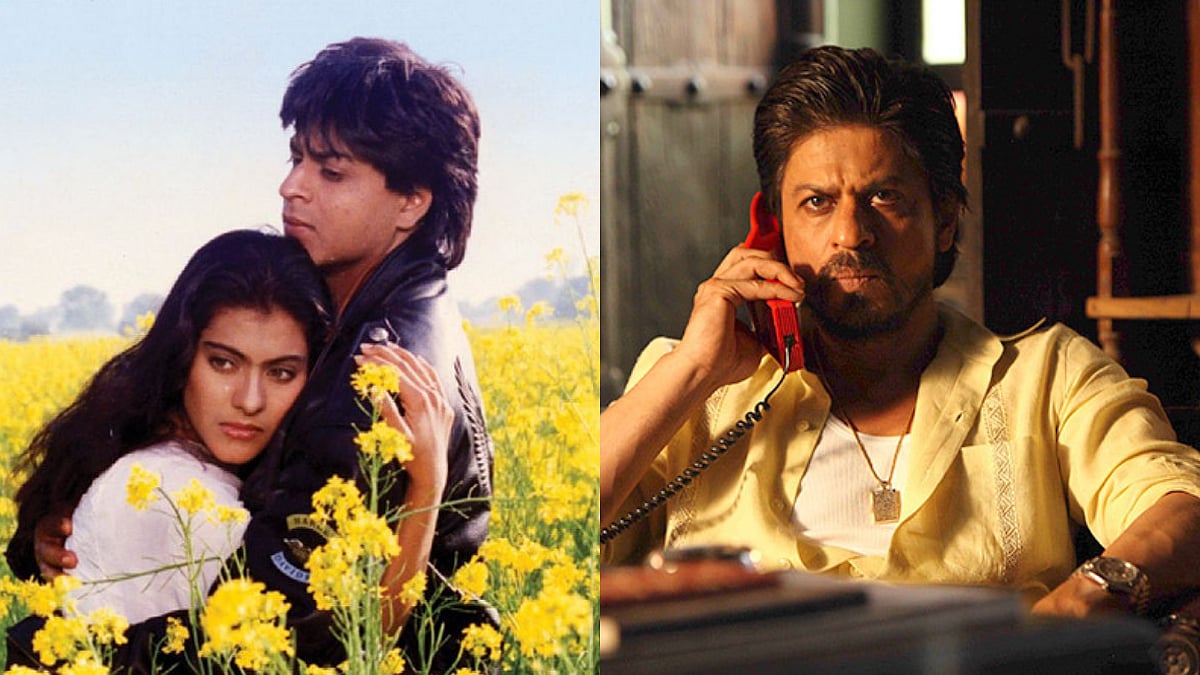When art meets fashion on the runway, magic happens. The world of styling is no stranger to aesthetics. And keeping this tradition alive, designers keep exploring the uncharted terrains and experiment with novelty to pull a rabbit out of a hat, thus leaving the fashion fraternity simply awestruck! The concept of paper clothing aptly fits this bracket of magic realism to the tee. It pushes the envelope to create surreal sartorial stories, transcending the boundaries of the ordinary.
Fashion Forward
Grotesque paper gowns, wonderful paper dresses, bizarre paper headgears, intricately-patterned paper necklaces, kaleidoscopic Origami craft, avant-garde architectural designs, otherworldly accessories, cardboard couture, recycled paper blazers, remarkable structures carved out of paper junk — all conform to futuristic fashion.
Newspaper print, washi paper, Hanji paper, toilet paper representing bathroom costumes, tissue paper, the Japanese paper folding Origami craft, marble paper, grape paper, crinkled crepe paper, glossy magazine pages, shredded paper, gift wrapping paper, reused and disposable paper, old and new news dailies, carnival paper apparel paraded in colourful cavalcades, paper plumage, paper bags, paper wedding dress, paper shaped into skirts, frocks and finger-rings as paper jewellery or cut into lacework, pleats, balls, roses, floral designs and varied formations — all this and much more conjure up a tapestry of wearable paper items, painstakingly crafted, moulded and blended with human frames out of sheer passion and a keen eye for detail.
Paper in Flashback
A fascinating chapter on paper clothes can be traced back to the golden eras. The fashion industry was engulfed by the breakthrough of paper trends around this time. Disposable dresses mirrored the spirit of happy-go-lucky, maverick outlook. With its lightweight, affordable and eco-friendly attributes, paper provided a refreshing replacement to conventional materials.

“In the 60s’ decade, paper wear rose to eminence as a symbol of counterculture. As a result, it was constantly connected to the hippie movement. Youngsters willing to show their individual streaks and question the social conventions just lapped it up. Paper garb's transient nature suited the time's philosophy and attitude, provoking users to move over traditions and embrace revolutionary changes,” reminisces Dhruv Taneja, proprietor of women's luxury clothing brand Pratap Sons.
Cut to 2023, and paper clothes witnessed an impressive evolution. Over time, it has developed a fan following in the fashion arena. Designers apply cutting-edge methods to produce both visually beautiful and practically easy-to-carry paper clothing.
Return to Runways
Runways are a platform for designers’ creativity. That’s why haute couture is always a hit at ramp shows. Is it then proper to say that paper clothing is ideally meant for fashion shows and red carpet appearances?
“Certain zones act as a playground for fashion designers, where they let their imagination run riot. Here, pragmatism takes a back seat and unorthodox elements rule the roost. Ideally, paper clothes are meant to be pieces of pure artwork in the realm of fashion and not practical, comfortable wear. This is the reason why designers dare to walk the offbeat route, toying with form, modesty, textures and materials,” thinks Sanya Arora, head of styling at StyleBuddy.
Theatrical Element
Fashion extravaganzas and red carpet events are known for exhibiting innovative and unconventional mediums of creativity. Designers script an element of drama and uniqueness into their collection to stand out of the crowd. “Paper couture allows intricate, sculptural and visually-appealing garments to capture people’s attention on the ramp. The ephemeral and statement-making nature of paper fashion can make it a perfect match for such star-studded, high-profile affairs to leave a lasting impact on the fashion conscious public. It is a platform to convey a designer's vision and artistic prowess. Designers are fond of stitching striking silhouettes and paper is the apropos means to bring out that theatrical and awe-inspiring feature, thereby captivating audiences and making the evening memorable forever,” enlightens Aurora.

Lack in Permanency
On the durability front, paper is subject to wear and tear. So, is it ever possible to slip into paper dresses elsewhere other than thematic ramp shows? “Paper has a shelf life. Its longevity is limited. Though it is highly suitable for constructing amazing arty installations, it can’t be maintained for everyday wear. Paper being a fragile material is prone to abrasion and may not hold up well for daily use or regular movement,” explains Arora.
Hence, due to its delicate nature, paper dresses are typically considered more of an art form rather than functional clothing.
Top Textures
When it comes to crafting wearable fashion from paper, choosing the right kind of paper with suitable texture is crucial. Some commonly used types in paper fashion are cardstock, Origami paper, Tyvek, mulberry paper, handmade paper and recycled paper. It's worth noting that the suitability of the paper texture also depends on the specific design and the intended use of the fashion item. For more structured garments, robust papers like cardstock or Tyvek may be preferable, while for feather-light and flowy designs, softer papers like mulberry or handmade paper can work well. “Ultimately, experimenting with different types of paper and textures can help you achieve the desired outcome for your paper fashion creations,” urges Arora.

Pop of Colours
It is significant to note that not only monochromes but also colourful papers can spin poetry into paper apparel. For example, marble paper, grape paper or crinkled crepe paper. Paper has a tendency to evoke the richness of color. The effect of laser wrapping paper in clothes is breathtaking as it looks out of this world.
Paper Power
Can any other material like fabrics, wood, glass or metal be blended with paper to make it more wearable? Well, paper clothing techniques produce an eye-popping three-dimensional effect in abstract creations on the back of science and technology. The stage performance looks exotically pleasing to the eye. The South Korean paper appears more pliable than the traditional fabrics in Asia. Such paper garments are in the forefront of nonconformist fashion on the wearability meter. Combined with silk or cotton, the South Korean paper forms a tactile and washable medium. It also dries up faster than other textiles like cotton or wool. The Japanese paper is lightweight, breezy and feels like linen. It can also soak dust particles and wick odors. Not only that, this specially-treated and processed paper material still maintains the basic characteristics of being biodegradable with low toxicity and high reproduction rate.
Newsy Wardrobe
Newspaper print is very much in vogue these days. Right from tees to bags to hats to footwear, news cuttings and headlines keep turning heads in the fashion alleys. Is newspaper wardrobe stealing much of the show in the world of fashion? “See, we are being incessantly bombarded by news and views and so, the newspaper print motif quite naturally piques fashion designers’ curiosity to draw inspiration from. Both journalism and fashion dominate our lives. Evidently, one domain will import influences from the other. Seems designers choose newsprint to make their creations more meaningful and intriguing. While the wearer tries to make a statement through the print content of an outfit, the creator establishes the impression of possessing a refined taste and a high moral compass like all the reputable publications worldwide,” avers Arora.
The juxtaposition of texts, images and fonts on clothing or accessories creates a visually engaging look. Fashion items featuring newspaper print tend to instigate discussions about the story behind it. This can be an opportunity for individuals to share their interests, opinions or messages through their fashion choices.
Sustainability Gains
On one hand, recycling paper into fashionable garments is an act of sustainability, while on the other, preserving paper items for a long time could be a challenge, and disposing it of could add to industrial garbage. “Paper rehashed into trendy clothing is a laudable example of sustainability simply because it is a renewable resource. Reusing paper in the fashion sector lessens reliance on conventional textiles, which has an adverse impact on the environment,” Taneja delivers his take on the issue. When paper is turned into usable clothing, the process becomes integral to circular economy. Even scrap paper can be reworked to divert it from landfills and curb demand for new materials. Paper clothing's light weight also leads to carbon capture produced during shipment.
The use of newspaper print aligns as an alternative avenue with the growing trend of eco-friendly fashion. By repurposing old newspapers with their nostalgic and vintage charm, fashion designers can promote and engage in upcycling by transforming discarded items into useful commodities.











